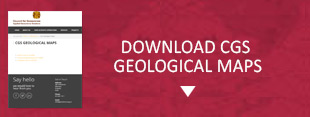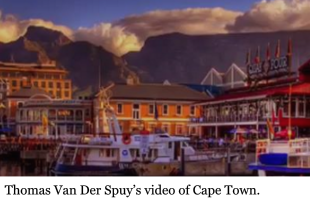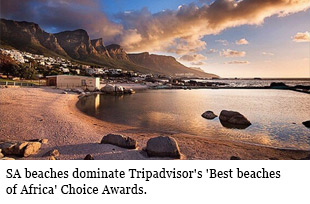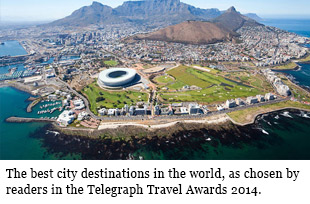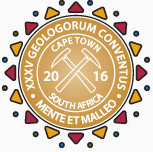
35TH INTERNATIONAL GEOLOGICAL CONGRESS
27 AUGUST - 4 SEPTEMBER 2016 | CAPE TOWN, SOUTH AFRICA
Sponsors



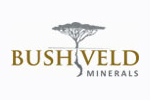


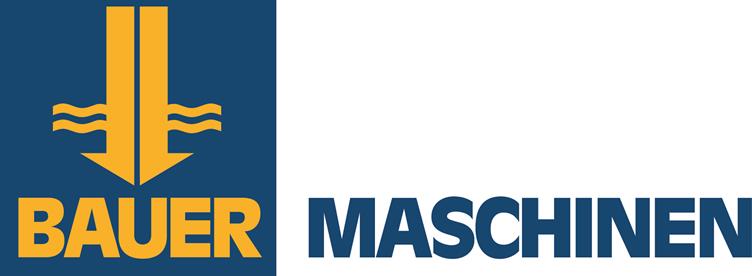









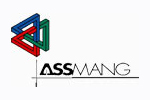
35 IGC SAGPGF





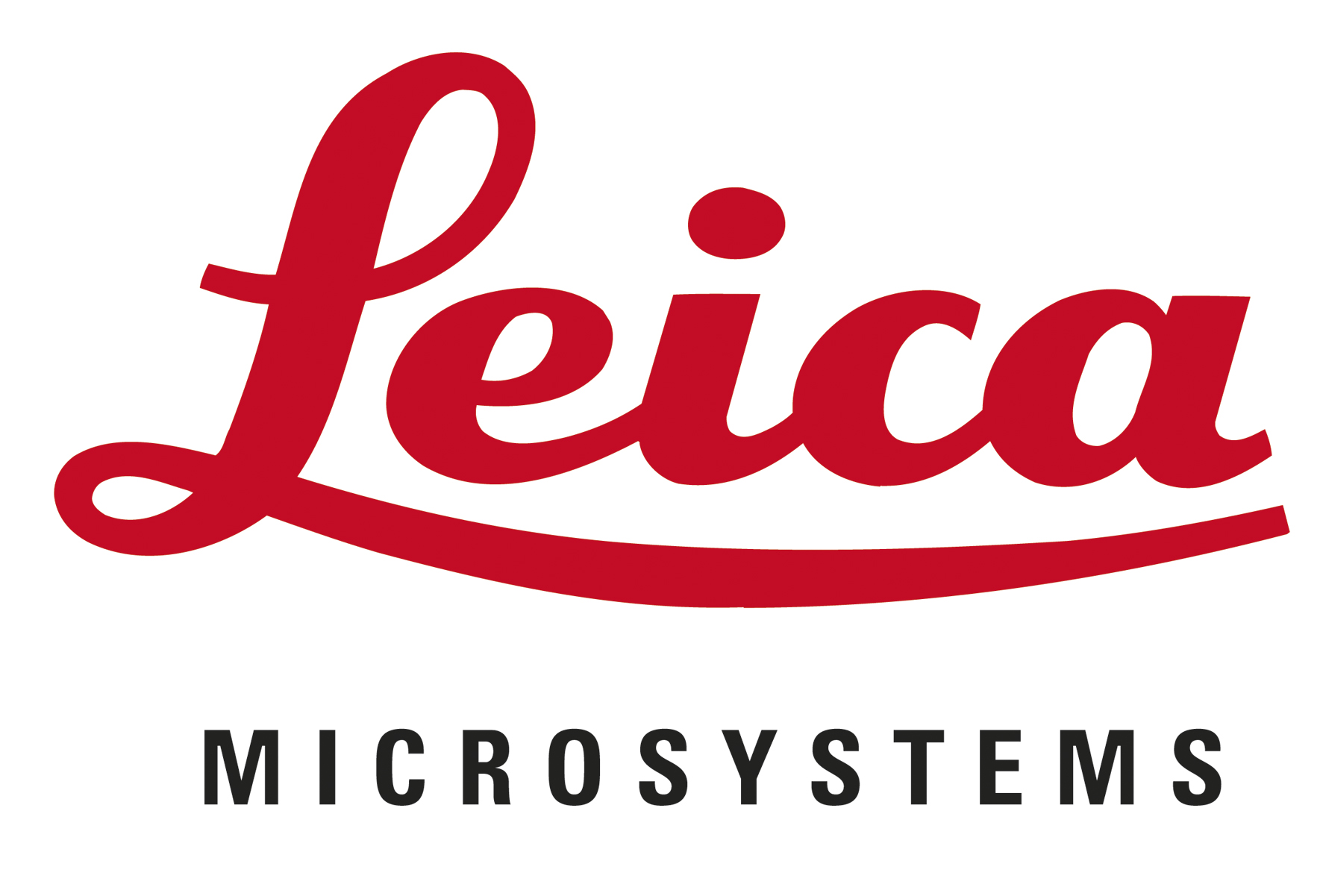
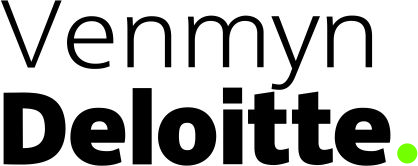
35TH INTERNATIONAL GEOLOGICAL CONGRESS
27 AUGUST - 4 SEPTEMBER 2016 | CAPE TOWN, SOUTH AFRICA
My IGC
SOUTH AFRICA: Eastern Bushveld
Pre-Congress Tour
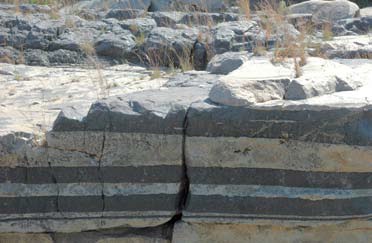 The main UGI chromitite layer (top left) overlies an anorthosite. The latter includes thin chromitite layers and stringers that have splayed off the main layer (Dwarsrivier National Monument).
The main UGI chromitite layer (top left) overlies an anorthosite. The latter includes thin chromitite layers and stringers that have splayed off the main layer (Dwarsrivier National Monument).
The 2.055 Ga–old Bushveld Complex is situated in the north-eastern part of South Africa. Three distinct groups of rocks make up the Complex. The oldest are felsites of the Rooiberg Group, the youngest the Lebowa Granite Suite. This excursion is directed almost entirely at the intervening group of ultramaficmafic rocks which intruded beneath the felsites into the mid-Proterozoic Transvaal Supergroup. Specific layers, known as reefs are richly mineralized and the intrusion supports an enormous mining industry, including downstream processing plants and smelters, and contains the world’s largest known resources of PGE, chromium and vanadium-bearing Ti-magnetite.
The eastern limb reveals spectacular outcrops of igneous layering, no more so than at the Dwarsrivier National Monument where participants will have their first exposure to the remarkable layering of chromitite and anorthosite. The exposure of the eastern limb has its origin in the uplift and subsequent erosion of the interior plateau of southern Africa. This has resulted in a localized embayment and creation of the prominent Bushveld Escarpment from the superimposed drainage of the Olifants and Steelpoort
river systems. The rugged landscape of linear and arcuate ridges is particularly prominent in the northern part. In the vicinity of Olifants River resistant metasedimentary floor rocks are uplifted to form a conspicuous range of mountains. In the southern part, headward erosion of the Steelpoort River has formed a wide, flat-floored valley within a somewhat less rugged landscape. The excursion will include drives through both the northern and southern sections to illustrate the scale of the intrusion.
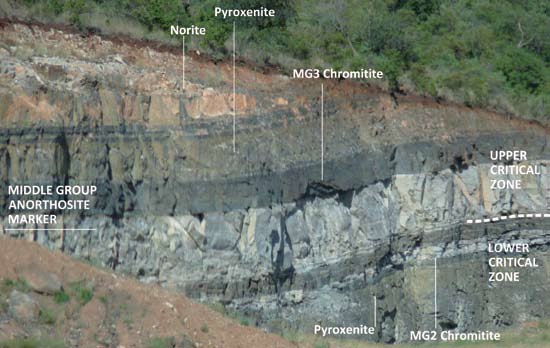 The MG2 and MG3 chromitite layers are intercalated with discrete layers of anorthosite, norite, and feldspathic pyroxenite. The Middle Group Anorthosite is a persistent marker in the Critical zone (Tweefontein).
The MG2 and MG3 chromitite layers are intercalated with discrete layers of anorthosite, norite, and feldspathic pyroxenite. The Middle Group Anorthosite is a persistent marker in the Critical zone (Tweefontein).
The three-dimensional shape of the eastern limb constitutes an elongate, sill-like body, rather than a laccolith as was thought many years ago. The layering dips gently toward the west or south-west although localized areas are steeply inclined. Layering developed from intrusions of both mafic and ultramafic magmas into local, structurally-controlled sub-chambers. Intrusion of
large volumes of ultramafic magmas into the Lower zone of the northern area resulted in irregular contacts due to doming of floor rocks. In comparison, a much thicker and mafic Marginal zone is developed in the southern area where contacts are more planar. Individual subchambers coalesced with repeated magma influx, with each succeeding zone more laterally extensive than the
underlying one. The coalescence of the northern and southern areas resulted in a structurally complex “Gap Area” where the Lower zone and parts of the Critical zone did not develop. The discordant nature due to this on-lapping process is apparent in the southern part where the intrusion cuts across a thick section of floor rocks. The roof to the intrusion is typically planar, and is comprised of either felsites of the older Rooiberg Group, a thick pile of rhyolitic lava, or acid intrusives of the slightly younger Lebowa Granite Suite.
 View of Olifants River section (Lower zone and Critical zone) with mountains composed of the uplifted floor rocks in background.
View of Olifants River section (Lower zone and Critical zone) with mountains composed of the uplifted floor rocks in background.
The layered ultramafic-mafic sequence reveals a recognizable pattern which enables division into five zones each having distinctive assemblages and outcrop patterns. The excursion will include sites to visit all zones but with emphasis on walking field traverses
to appreciate the complexity of the layering rather than taking in each and every exotic feature. The bulk of the visit will include the Critical Zone as this is the height at which a) the layered units are most complex (and most difficult to explain!) and b) where many of the mineralized reefs occur. These include several of the thicker chromitite layers (LG4, LG6 and MG layers) and
the two PGE reefs, the UG2 and Merensky.
The excursion should include visits to mines where the reefs are exposed in three-dimensions. Two particular features of interest will be included, a comparison of the Critical zone from the northern and southern areas which includes remarkable differences between the chromitite layers and the occurrence of “bimodal” units that yield ultramafic bases which are sharply overlain
by anorthositic caps.
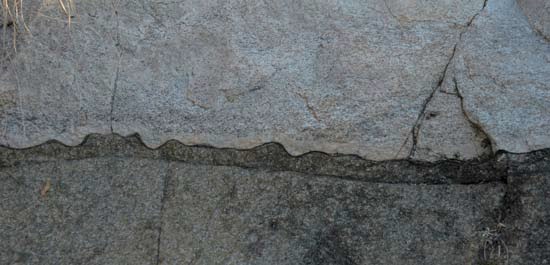 A 1-5 mm-thick chromitite stringer demarcates the base of the Middle Group Anorthosite (Olifants River section)
A 1-5 mm-thick chromitite stringer demarcates the base of the Middle Group Anorthosite (Olifants River section)
The events leading to the discovery of platinum by well known geologist and prospector Hans Merensky who sampled chromitite layers in 1908 and then identified alluvial concentrates panned in 1924 by Andries Lombaard on Maandagshoek will be described. The excursion will visit either the Driekop or Mooihoek pipes – the latter is the site of the first discovery of economic platinum in the intrusion – as well as the Onverwacht pipe, the world’s first hard-rock platinum mine. The “pipes” are unusual features: they are semiconcentrically zoned and include several rock-types including normal dunite and the rare “hortonolite dunite pegmatite”. We will also visit open workings and declines on the Merensky Reef that were excavated by Merensky and his colleagues. Time permitting we may visit Tsate, a memorial that commemorates a battle between the local Pedi and British Empires.
Field Trip Leader: Roger Scoon
- Dates: 22-27 August 2016.
- Start-end: Johannesburg
- Number of Participants: 18-32 including 3-4 guides and drivers
- Transport: 2 x 22 seater buses
 Field trips
Field trips  Sponsorship & expo
Sponsorship & expo  Registration
Registration Tours
Tours  Promotion
Promotion 














 Conference Programme
Conference Programme  Field trips
Field trips  Sponsorship & expo
Sponsorship & expo  Volunteer
Volunteer  GeoHost
GeoHost  Registration
Registration Tours
Tours  Promotion
Promotion  Publications
Publications


